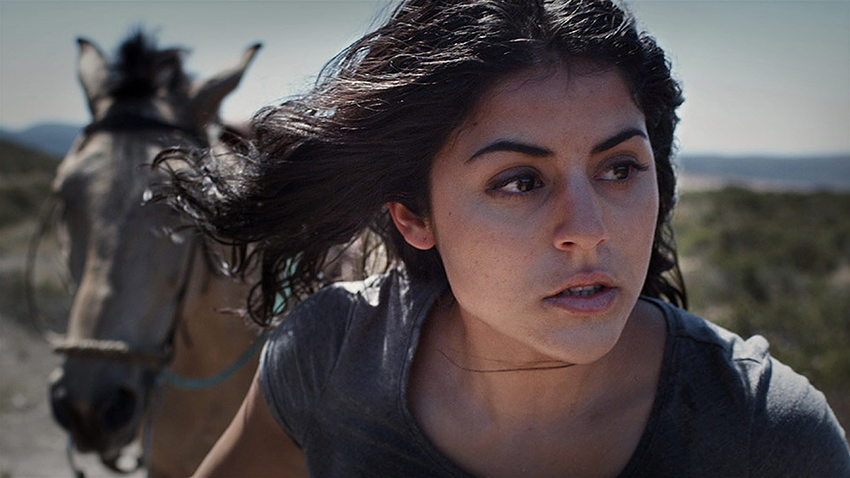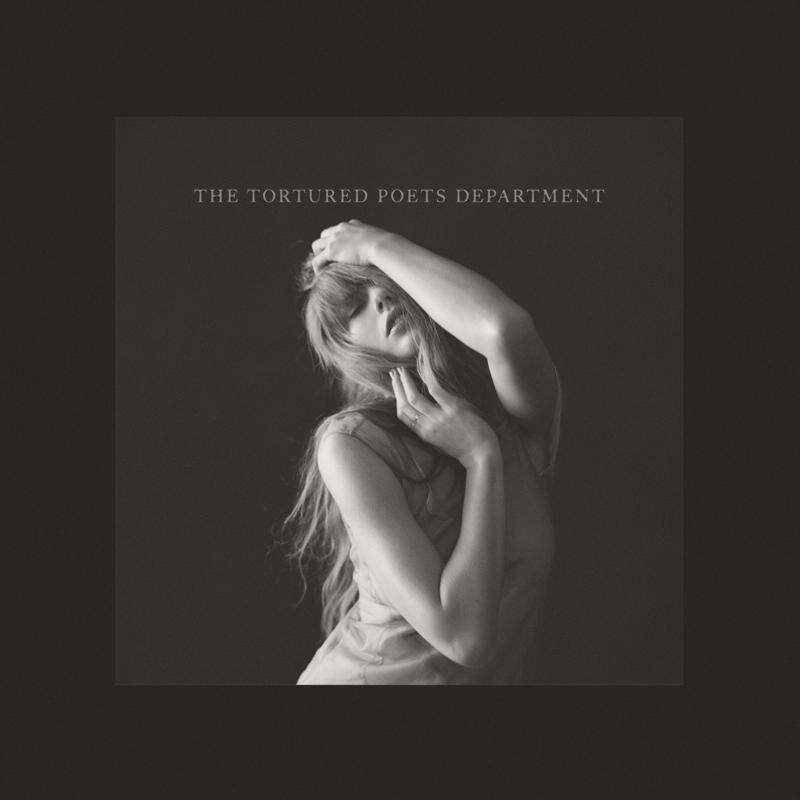Although it’s a crime drama, “Hostile Border” has enough political subtext in its opening that viewers might guess the rest of the movie will be social commentary. For the first 10 minutes, there are illegal immigrants in the U.S. and glimpses of an American dream that’s become a nightmare for lead character Claudia (Veronica Sixtos). An illegal resident herself, she’s arrested for credit card fraud and deported back to Mexico. Lucky her — she doesn’t know how to speak Spanish, making her what Mexicans call a “pocha.”
Claudia goes to live on the ranch of her estranged father Andres (Julio Cedillo) and grandmother (María del Carmen Farias), but she wants to return to America. That’s when Ricky (Roberto Urbina) shows up. He’s a drug smuggler who has to sneak his cargo across Andres’ ranch to bypass Mexican law enforcement, and he offers Claudia money and a better life for her help. Claudia greedily snatches this opportunity, and the ensuing acts of the movie become a crime drama that somehow drags and feels light at the same time.
The drug smuggling never becomes the focus throughout most of the story’s midsection. We know it’s happening, yet it never becomes a source of drama. What if Claudia had to avoid being caught by her father? What if the authorities decided to post more manpower along the ranch? These things never happen; Claudia apparently includes drug runs into her daily schedule quite easily.
Claudia’s relationship with her father fares better, adding emotional dimension to the proceedings. Cedillo commands a strong presence as the rugged, flawed Andres, a man who wants to teach his daughter nobility in the face of hardship. Claudia, who does jobs for easy money, needs to grow and adopt the righteous ways of her dad.
On paper, Claudia’s arc is poignant, but the execution is a mixed bag. She spends most of the film reacting to things and has little to say or do, though Sixtos manages to sell her silent, torturous apprehension as she finds herself lost in a homeland which she feels no attachment to. Unfortunately, that’s a paradoxical dilemma the film has little interest exploring, instead relying on long shots of Sixtos brooding as Claudia comes to realize she has to choose between Andres and Ricky. Too much of the picture relies on Sixtos’ physical performance to let us into Claudia’s head, and while she does what she can, the way her character is written leaves her cold to viewers. This makes the film’s violent finale unexpected — not because it’s a surprising plot point, but because we don’t understand Claudia well enough to know why she makes the choices she does.
“Hostile Border” is a pretty film to look at, and director and cinematographer Michael Dwyer delivers some gorgeous views of the Mexican desert. There are many viscerally striking scenes, such as a long tracking shot of Claudia’s horse race with her father, and some up-close moments with a flamethrower Claudia uses to torch bothersome cacti. Moody lighting and dark images also set a grim mood when Claudia realizes how dangerous Ricky really is.
The film is an interesting piece as the work of budding indie filmmakers, and that it was made at all should be commended. There are the makings of an engaging morality tale with the performers to make it work, and it’s well-shot and directed. The fact that the narrative doesn’t hold up as well is disappointing. As it stands, “Hostile Border” is a stepping stone for Dwyer, from whom better productions may come.
“Hostile Border”
- Running Time: 83 minutes
- Rating: R
- Score: 2.5/5 stars















